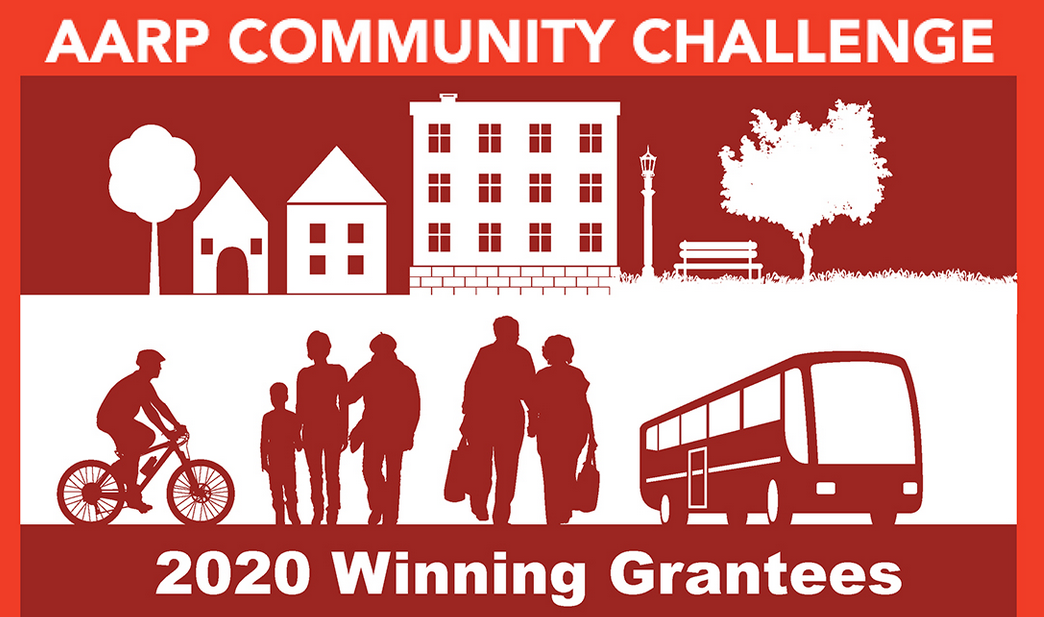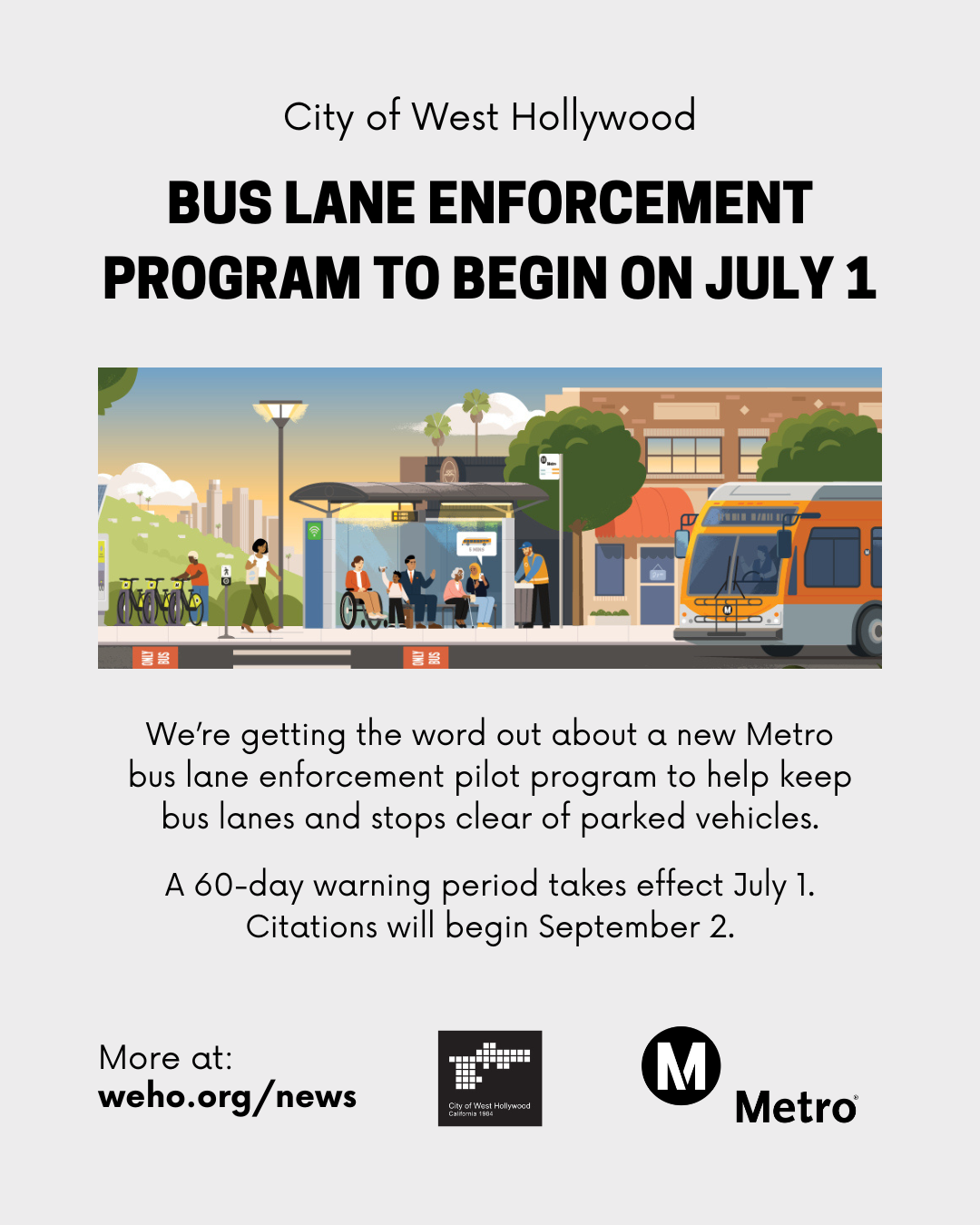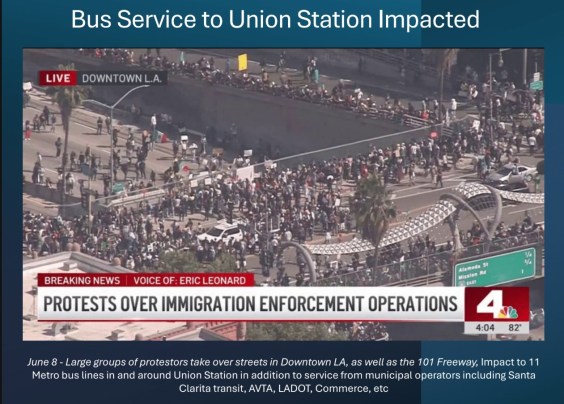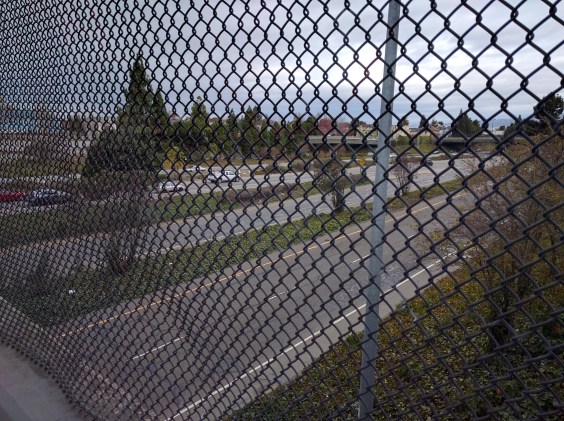Note: GJEL Accident Attorneys regularly sponsors coverage on Streetsblog San Francisco and Streetsblog California. Unless noted in the story, GJEL Accident Attorneys is not consulted for the content or editorial direction of the sponsored content.
What makes a community "livable" anyway? The answer is complex and context-specific, but it could be anything that makes it easier and more pleasant to live in a place. Each year AARP gives out Community Challenge grants aimed at increasing community involvement in improving open spaces, making transportation and mobility easier and more pleasant, and increasing accessible and affordable housing. This year another category was included: supporting coronavirus recovery efforts.
Last month, AARP granted more than $2.4 million for 184 community-led projects throughout the country. All the projects must be complete by December of this year. In California, six communities won a total of over $650,000 for a wide range of small projects.
"We keep it open ended," said AARP's California Director Jennifer Berdugo about the application process. "We want to see what kind of projects people will propose, what needs they are addressing, and how. Sometimes we're only able to grant part of what they ask for, but in California, not this time - we were able to award these six projects what they asked for."
The projects are supposed to be "quick-action" projects, which gives them only about six months to be completed. "These are meant to be for projects that have already been planned and discussed, and are just waiting for funding to help make it work," said Berdugo. Also, they are meant "to help spark some long term livability improvements."
"Many communities have already been thinking about livability, and may have had something in the works. Sometimes a small effort can help invigorate - or reinvigorate - the community in a new way," she added. "And note that these are meant to improve livability for people of all ages, of all backgrounds, and all abilities. Many of these projects are very intergenerational."
This year, they gave applicants a bit more time, because the original deadline to apply was right after the shelter-in-place orders went out. AARP allowed them to slightly modify their plans to consider COVID safety; for example, many past projects have included in-person events, and this year those needed to be adapted to a new reality.
"The Friends of Hayfork Park project, for example, was specifically a response to the pandemic," said Berdugo. "The community was looking for a way to enhance safety within their community pool and park."
The California winners of this year's grants are:
Hayfork is a small community west of Redding. Residents rely on the local park and public pool for recreation, and also host a local farmers market there. The group applied for $2,000 to install touchless water faucets and soap dispensers and an on-demand water heater in the poolhouse bathrooms, as well as a portable hand-washing station and two mobile, touchless hand sanitizer stations at the park.
Using transit in El Cajon
Circulate San Diego applied for $15,000 to create an educational program to help older adults in El Cajon learn to use public transit. It will focus especially on El Cajon's large Iraqi refugee population, many of whom suffer from PTSD as well as social isolation from language and cultural barriers. The plan is to help those residents understand and use the local public transit system with an online transit resource library, a "how-to" video, and transit training materials for high school volunteers to use in engaging older adults. A local transit map will also be developed as part of the project.
One of the benefits of this project is the opportunities it provides for collaboration among youth, elders, transit agencies, and the city and county.
Elders and youth collaborating on a film
Echo Park Film Center in Los Angeles applied for $5,000 to "cross-pollinate" ideas and energy from different groups it already works with: local elders and youth. The idea is to bring the two groups together - following COVID safety guidelines - to produce a story about the community to be shared with the community upon completion.
Making the Los Angeles River State Historic Park accessible to local elders
The Los Angeles River State Historic Park is a long open space between the Los Angeles River and the original founding site of L.A. The park is close to Chinatown, a neighborhood with a high percentage of elderly people, yet Chinatown elders tend not to come to the park.
Los Angeles River State Park Partners applied for $15,000 to create a civic engagement project aimed at promoting a greater sense of community inclusion. The Chinatown Health Initiative will provide elder-friendly Tai Chi classes and curate community engagement dialogues between elders and park staff, to introduce and familiarize the elders with the park and its staff, and to give staff an opportunity to learn about the elders’ needs and preferences.
The hope is to make the park a senior-friendly and healthy community resource by increasing community inclusion in park planning.
Exploring the San Leandro Creek ecosystem
The City of San Leandro applied for $8,700 to conduct a series of design charrettes with students, older adults, residents, and community groups to help plan and create new public space along San Leandro Creek. The goal is to help make the area more useful to the groups that already use it and to create opportunities for those groups to connect with each other to improve it for everyone.
The creek area can serve as an outdoor education lab for the study of ecology and indigenous history, and as a community garden, and perhaps as other uses as suggested by participants in the charrette.
Affordable ADUs
The city of Seaside plans to build two units of affordable housing on city property, to be completed by November. The United Way of Monterey County plans to use its $8,700 AARP grant to develop an educational campaign about building Accessible Dwelling Units to accompany the project.
Its goals are to inform the community about ADUs and their benefits, to help remove barriers to building them, particularly for low-income and elderly homeowners, and provide access to information, best practices, and resources related to ADU building.






